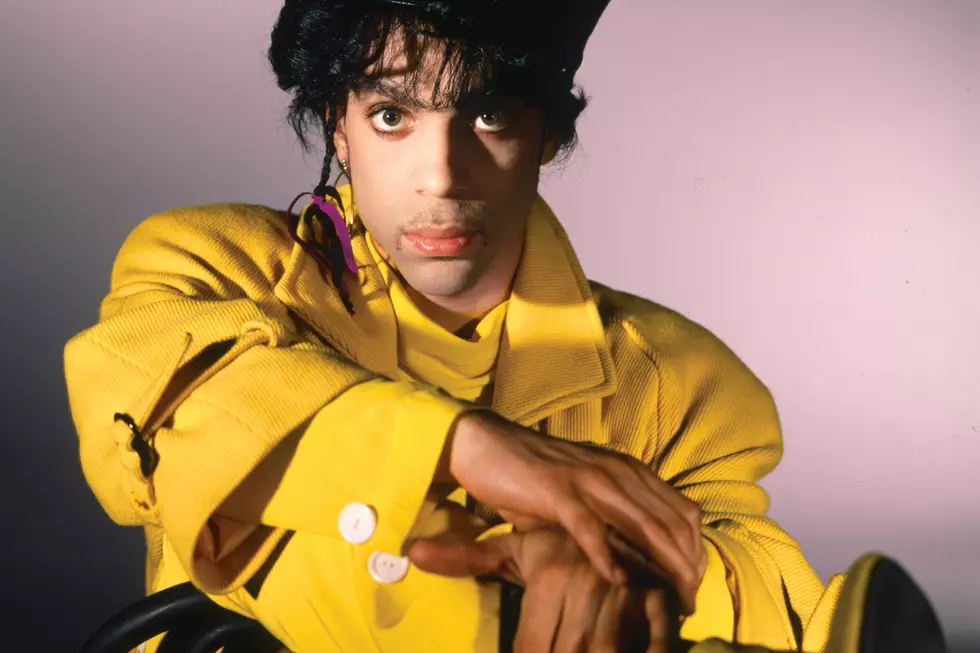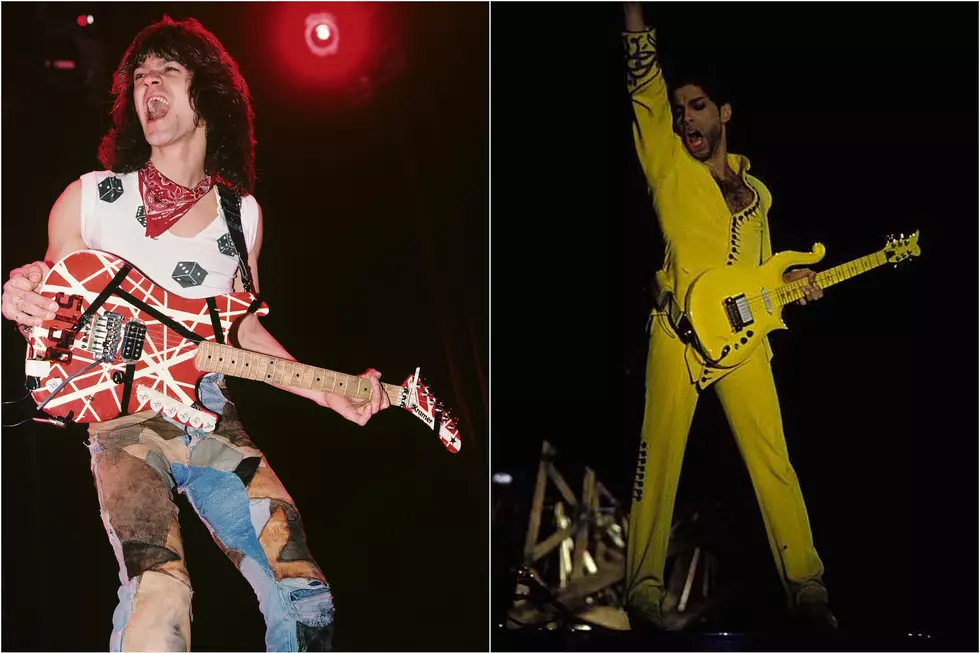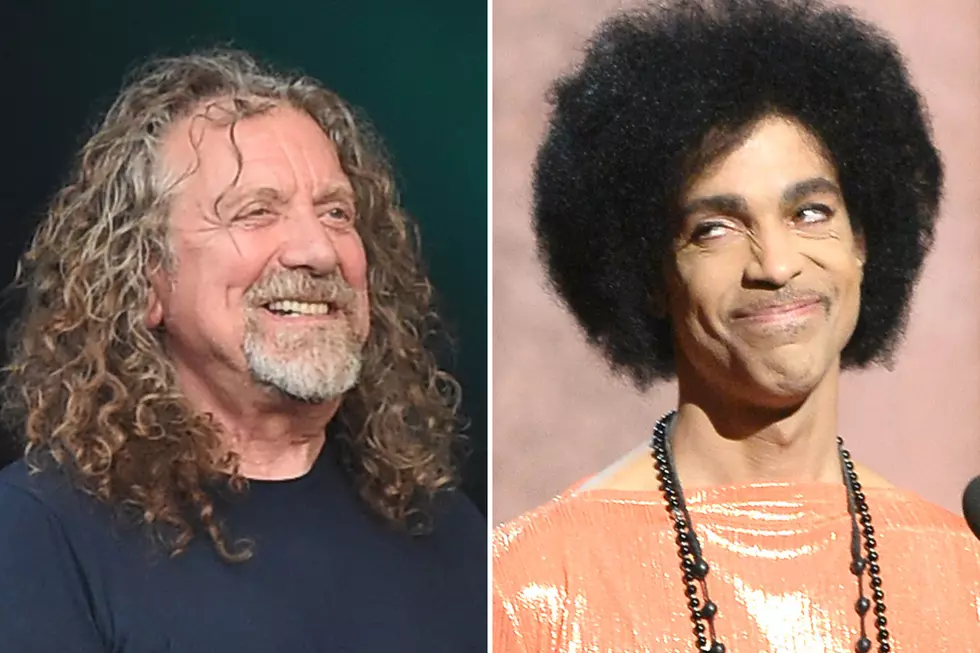Prince Fulfills Guitar Fanatic Fantasies with ‘The Undertaker': 365 Prince Songs in a Year
To celebrate the incredibly prolific, influential and diverse body of work left behind by Prince, we will be exploring a different song of his each day for an entire year with the series 365 Prince Songs in a Year.
In the early hours of June 14, 1993, Prince summoned the rhythm section from his New Power Generation band - drummer Michael Bland and bassist Sonny Thompson - and fulfilled the fantasies of his guitar-loving fans by recording an impromptu power-trio record.
“Picture this,” Bland told Guitar World the following year: “A DAT machine, a 32-channel board, two techs and three players. It was about three o’clock in the morning. We got our sounds together and just let the DAT roll. We took about an hour to make that record, from start to finish, playing straight through with no overdubs. The sequence of songs on the record is exactly the way we played it. The guitar segues from one song to the next, like when we do live stuff."
Among the songs they recorded at the session were "The Ride," a bluesy new take on his 1979 track "Bambi," a cover of the Rolling Stones' "Honky Tonk Woman" and two tracks ("Dolphin" and "Zannalee") that would wind up released in different, more refined forms on future albums.
But the album's clear centerpiece was the title track, a 10-minute anti-drug, anti-violence plea anchored by a menacing, hypnotic bass line. The song's sparse, repeated lyrics ("Put away the guns for future's sake / Don't you be another number for the undertaker") allowed Prince plenty of room to testify and explore with his guitar.
“He tends to really start opening up and playing a lot of different things when me and Michael do a trio thing with him,” explained Thompson. “There’s no keyboards there – no nothing. So, he can venture out and play what he wants to play.”
As part of his ongoing campaign to break free of what he considered an unfair record label deal - a crusade that would cause him to change his name to an unpronounceable symbol and paint the word "slave" on his face - Prince planned to distribute The Undertaker as a cover-mounted CD given out free with issues of Guitar World. According to Prince Vault, Warner Brothers blocked this move, going so far as to cover all existing copies of the disk with a plastic coating that rendered them unplayable.
In 1995, reportedly in an effort to recoup the money they had advanced Prince for his 1992 Love Symbol album, the label released a full-length VHS and laserdisc version of The Undertaker. It largely focused on performance footage of the trio, with brief interludes featuring model Vanessa Marcil as a fan who is contemplating suicide, but thinks better of it after hearing the band perform.
A larger version of the NPG, complete with a horn section and vocal support from the Steeles, backed Mavis Staples on a version of "The Undertaker" in the summer of 1992. That version ended up on Staples' 1993 album The Voice.
Prince Magazine Cover Tributes From Around the World
More From KLTD-FM










